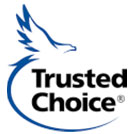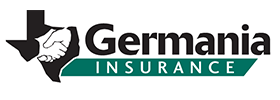When it comes to umbrella insurance, the best way to think of it as a safety blanket for your key assets like savings and investments. While every insurance policy from commercial to homeowners to auto will include liability coverage, there is always a maximum amount that the insurance company will stop paying at. Consequently, if you are sued or face damages over the maximum liability coverage on your specific insurance policy, then you are on the hook to pay the difference.
As an example, let’s say that your teenage son – who is listed on your policy – gets into an auto accident that results in significant damage to both property and injuries to a third party over $200,000. If the property damage and bodily injury liability portions of your policy exhaust at $200,000, then the difference is your responsibility. Purchasing an umbrella policy means that you’ll have coverage above that amount to a specified limit.
In addition to covering damages to your umbrella policy limit, it will also cover legal costs associated with any accidents. Keep in mind that umbrella insurance does not cover injuries or property damage to yourself or something that you own. In addition, unless you have a commercial umbrella policy, traditional coverage won’t include any businesses. Lastly, the vast majority of policies do not cover liability that originates because of a breach of contract like not paying a contractor for work that they’ve done that was within their scope of work.
When it comes to finding the right umbrella insurance policy, it’s crucial to have a team of trusted professionals working on your side. For that, look no further than EasTex Insurance in Tyler, TX and give us a call to discuss your needs.















